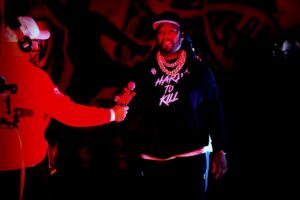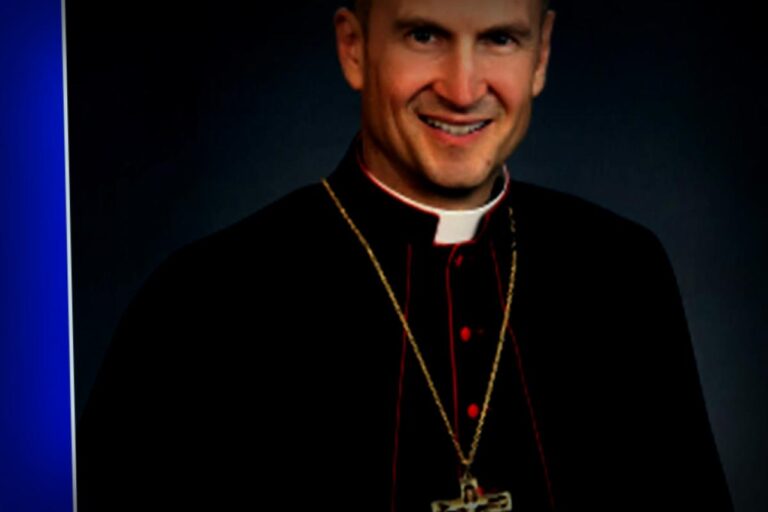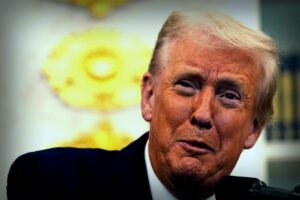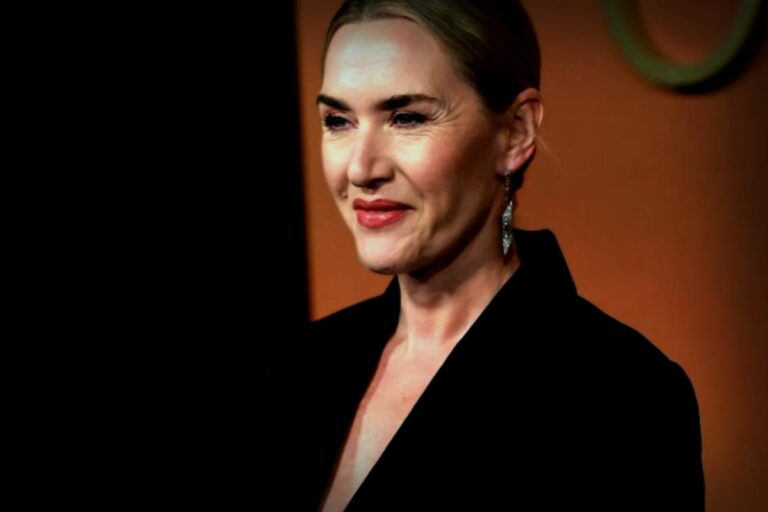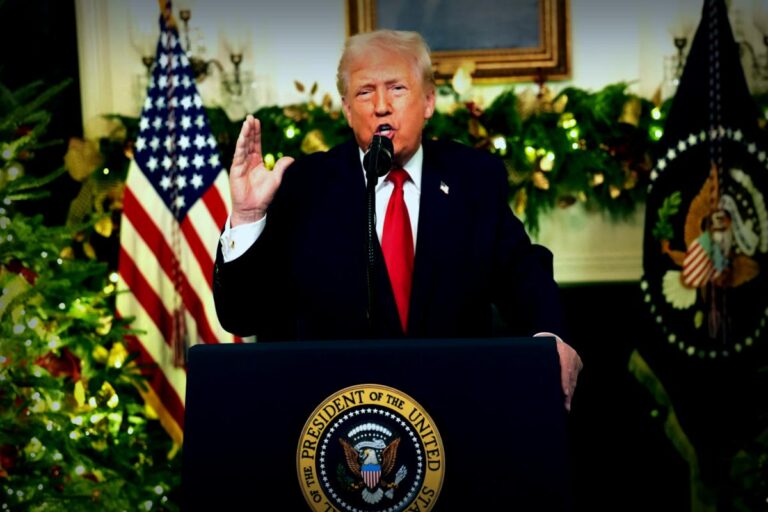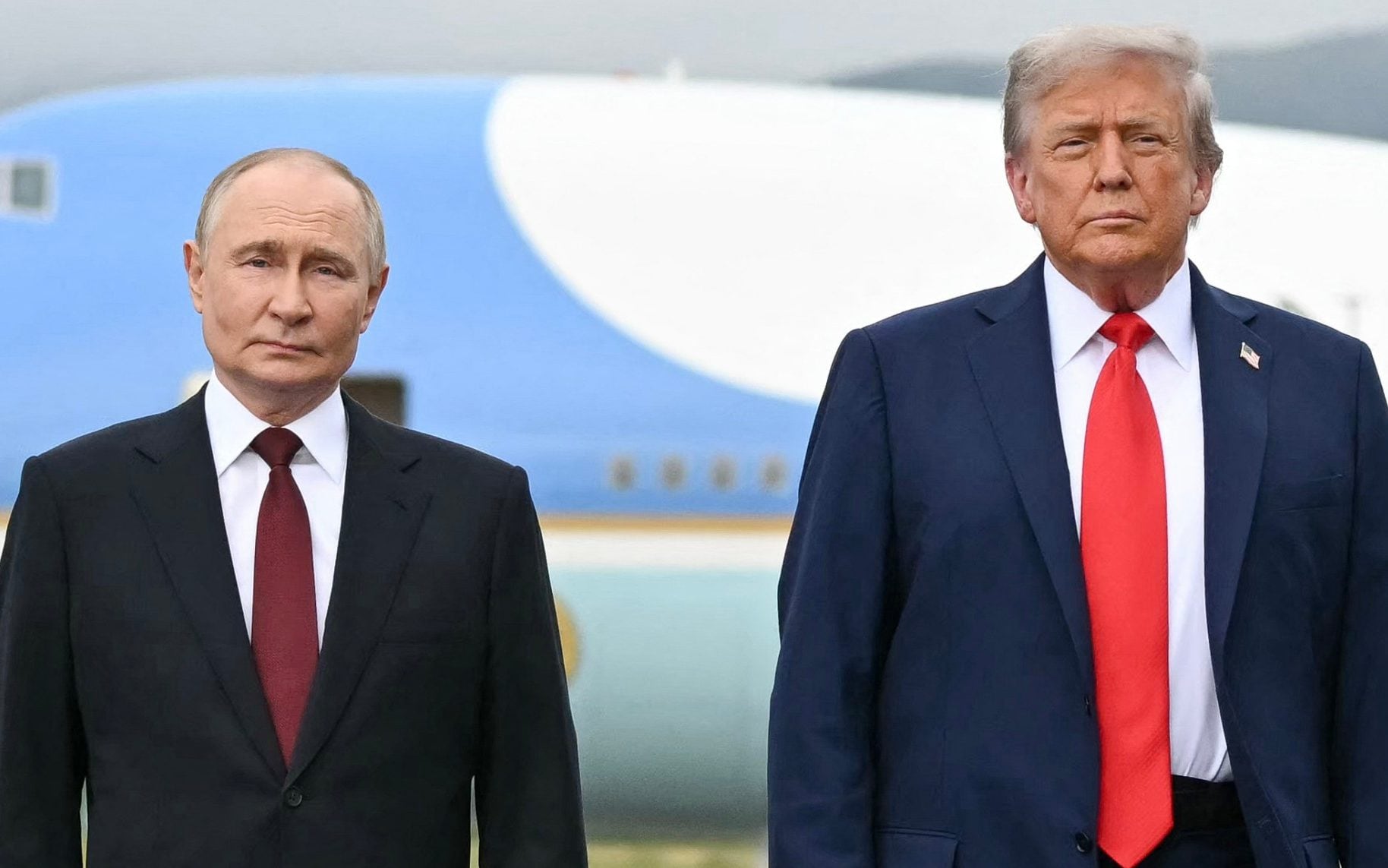
It’s official: the peace talks between Donald Trump and Vladimir Putin have completely fallen apart after Russia turned down America’s ceasefire conditions regarding the situation in Ukraine.
The White House made it clear on Tuesday that Trump has decided to hold off on any meeting with Putin “in the immediate future,” following a phone conversation intended to set up a summit in Hungary that went awry.
During discussions, Russian Foreign Minister Sergei Lavrov told U.S. Secretary of State Marco Rubio that Russia could not accept a ceasefire that would simply halt fighting without addressing core issues in Ukraine.
Lavrov stated, “An immediate ceasefire in Ukraine would just mean that most of the territory remains under what we refer to as Nazi control,” implying that Russia is still pursuing regime change in Ukraine.
Ukrainian President Volodymyr Zelensky and his European allies quickly seized upon Putin’s unwillingness to negotiate, accusing him of employing “stalling tactics.”
In response to Russia’s hard stance, Europe wasted no time and sent NATO Secretary General Mark Rutte to update Trump about a different 12-point peace plan being developed by a coalition of European nations looking to support Ukraine.
The Trump-Putin meeting plans hit a snag when Moscow canceled a face-to-face meeting between Lavrov and Rubio in Hungary.
Instead, they spoke over the phone Monday, where the Russian minister reiterated that he would not consent to a ceasefire on U.S. terms.
A White House representative noted that the call, while labeled “productive,” indicated there was no necessity for an in-person meeting, further confirming there are no current plans for Trump to join Putin for a discussion in the foreseeable future.
The Kremlin remarked that while they have had prior understandings, no specific date had been established for any upcoming meetings, in spite of Trump suggesting last week that it would likely occur within two weeks.
Dmitry Peskov, the spokesperson for the Kremlin, added, “We understand the presidents have an agreement, but we cannot push back a schedule that has not been finalized. Neither President Trump nor President Putin set any specific dates.”
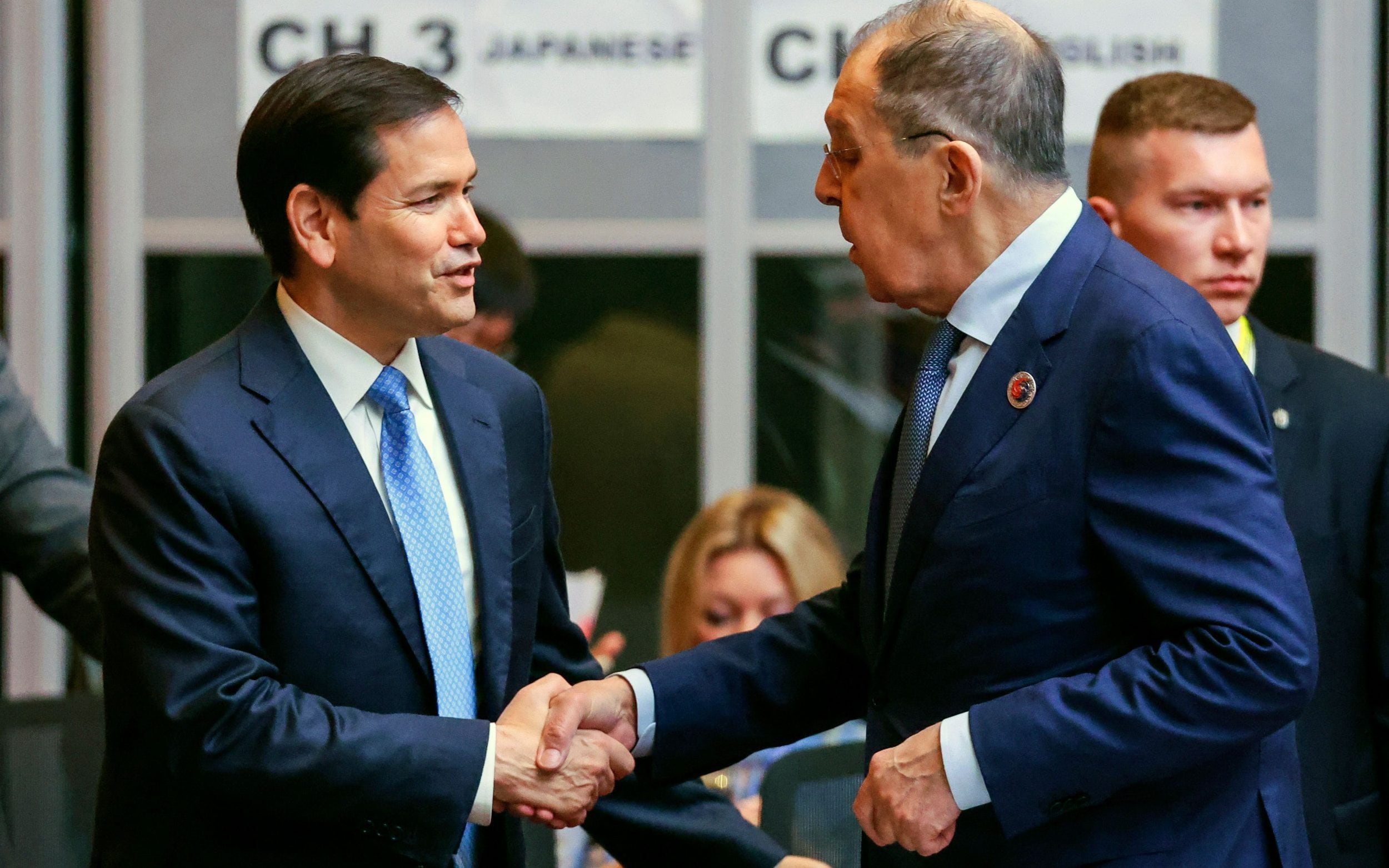
Trump had proposed last week that his administration should work towards a second peace summit with Putin, building on a previous encounter in Alaska that didn’t yield tangible results.
Nonetheless, Lavrov informed Rubio that Russia’s aggressive war objectives, which include removing Zelensky from power, remain unchanged since the two presidents’ last gathering in August.
“I want to officially confirm: Russia’s stance has not modified in any way since our agreements in the Alaska summit,” he stated.
For years now, Russia has insisted that Ukraine must withdraw from the entire eastern regions of Donetsk and Luhansk as a prerequisite for peace.
During a Thursday call, Putin made it clear to Trump that he would give up claims over vacant areas in the Zaporizhzhia and Kherson regions solely in exchange for Ukraine completely surrendering control of the two Donbas regions.
Steve Witkoff, the peace envoy for the U.S. president known for regular engagements with Putin, communicated to Zelensky that Russia argued they had a constitutional claim over those areas.

Zelensky has consistently rejected this condition and firmly maintains that he will not give up any land that is not currently occupied by Russian forces—territory Putin claims based on dubious referendums.
At their tough session at the White House last Friday, Trump reportedly urged Zelensky to consider a surrender of the Donetsk area to Russia.
However, ceding Donetsk, which Moscow hasn’t fully taken control of since 2014, is a non-starter for the Ukrainian president.
After the tough discussions, it seemed like Trump began to align more closely with the Ukrainian stance, saying he hoped to see fighting come to a stop at their current locations.
Russian Resistance to Diplomatic Solutions
On Tuesday, Zelensky took to social media stating, “The front line can serve as a starting point for diplomacy. Russia continues to do everything to dodge diplomatic efforts.”
Zelensky’s request for long-range Tomahawk missiles also went unanswered by Trump, disappointing many.
German Chancellor Friedrich Merz observed that the outcomes of this visit “did not meet Zelensky’s expectations.”
However, this week, European leaders grew optimistic in light of Russia’s refusal to negotiate, sensing an opening to potentially redirect Trump’s backing towards Kyiv.
A senior Western official shared with The Telegraph, “This feels like a positive outcome. Russia has made its position known; therefore, what’s the point of eventing the meeting?”
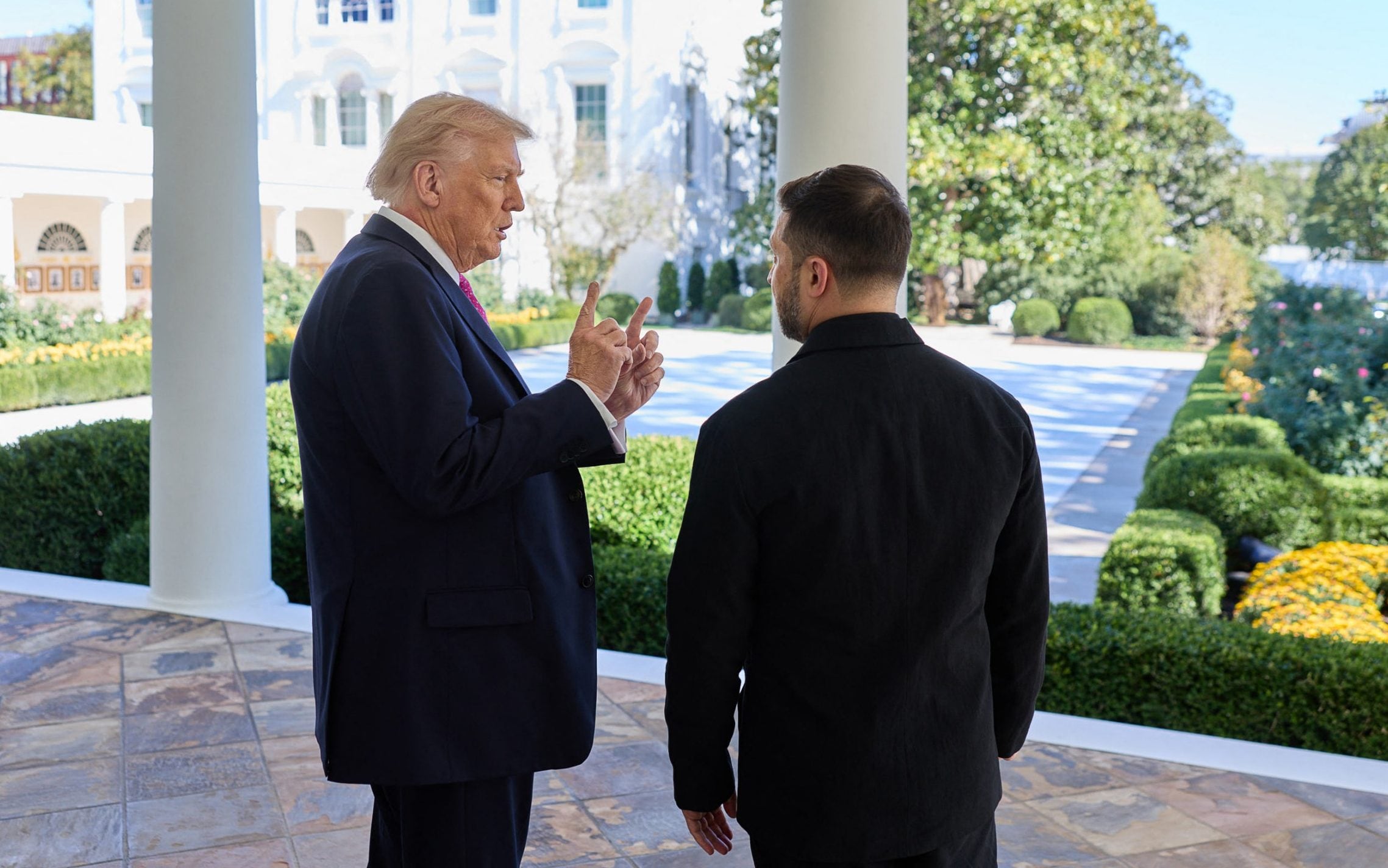
In a statement on Tuesday, Zelensky and his supporting coalition argued that any legitimate future peace talks with Putin must start from “the current line of contact.”
They emphasized, “We remain dedicated to the principle of international borders being sacred and not changed through the use of force.”
Simultaneously, they wrapped up a 12-point peace proposal to present to Trump, entailing elements like the repatriation of abducted Ukrainian children, an expedited path to EU membership, and reconstruction assistance.
The agreement stipulates that future peace discussions between Moscow and Kyiv should commence from the existing battle lines.
European officials have made significant efforts to underscore Russia’s struggles, revealing that in over 1,000 days of war, Moscow has managed to capture less than 1% of Ukrainian land.
Sources noted that Europe’s plan took cues from Trump’s prior peace settlement for Gaza, which served as inspiration for him to act decisively to halt the fighting in Ukraine.
Jonathan Powell, the national security adviser for the UK, has been credited with leveraging Trump’s desire for accolades.
This proposal will be officially addressed during a meeting of the willing coalition hosted by Sir Keir Starmer in London on Friday, which Zelensky is set to attend in person.
The European Union is also anticipated to approve a separate initiative granting a €140 billion loan to Ukraine funded by frozen Russian assets during the bloc’s summit in Brussels on Thursday.
In the meantime, Russia has faced accusations for targeting civilians in the Donetsk district town of Pokrovsk.
The Russians’ months-long campaign to capture this crucial center has only led to minimal success, managing to infiltrate its defenses with small groups.
With incursions behind enemy lines, they aim to create disorder: striking down what they can until either they’re neutralized or reinforcements arrive.
Drone footage released on Telegram captured the horrid reality post-attack, illustrating bodies scattered across the area.
A young woman survivor, seemingly shot in her legs, can be seen propping herself up nearby. A courageous young man is then observed carrying her to safety, pausing briefly to readjust his hold on her.
Denys Khyrstov, a Ukrainian volunteer who shared the footage, commented, “May God grant him health for his bravery,” requesting anyone who knows this man to come forward.

